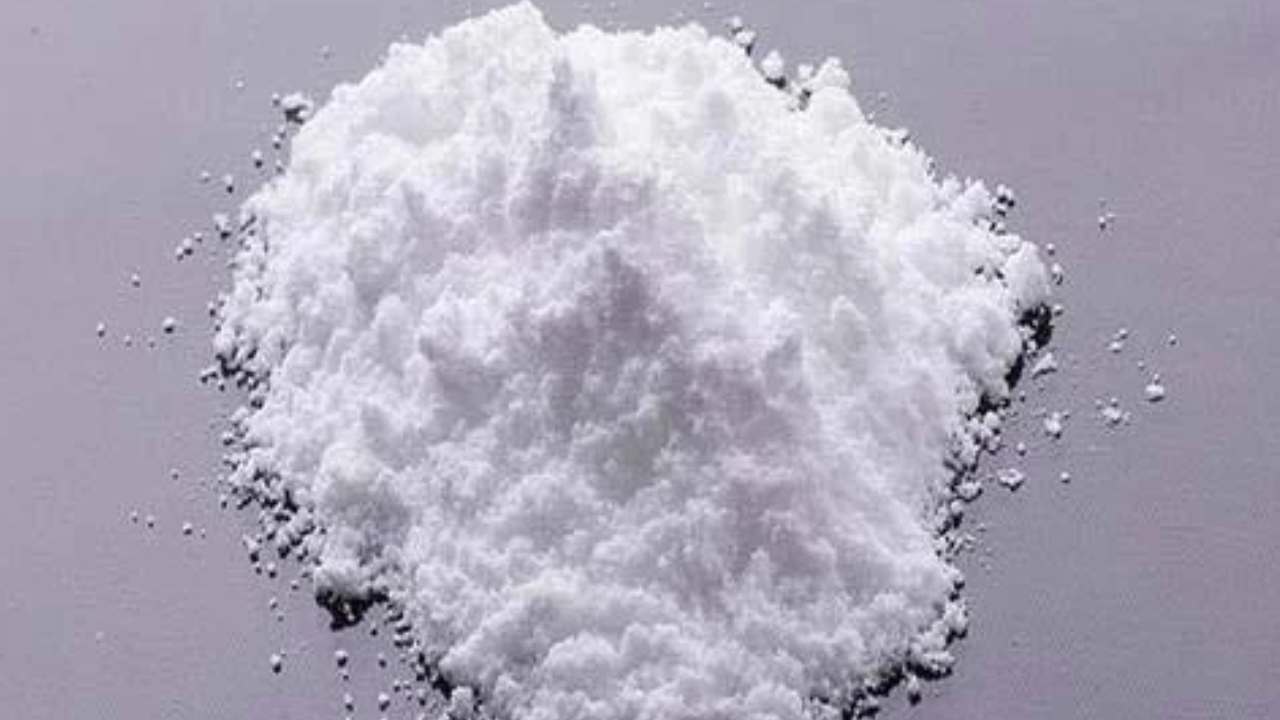Glutathione factories play a pivotal role in the healthcare and biopharmaceutical industries because of the importance of glutathione in mobile features and fitness renovation. As an effective antioxidant, glutathione protects cells from oxidative stress, detoxifies dangerous materials, and supports immune characteristics. Its therapeutic packages range from treating persistent illnesses to enhancing universal well-being.
The significance of glutathione factories lies in their capacity to provide this complicated molecule under stringent conditions that ensure purity and efficacy. These centers adhere to rigorous, high-quality requirements and regulatory requirements to deliver pharmaceutical-grade glutathione that meets the best safety and efficacy standards.
By maintaining sterility and imposing particular production methods, glutathione factories make sure that healthcare providers and consumers receive a reliable product that can efficiently assist various medical treatments and health interventions. For further information, follow this link https://www.gsh-world.com/faqs/glutathione-factory.html. The function of glutathione factories extends beyond manufacturing; they make extensive contributions to advancing scientific studies, therapeutic improvements, and improving the exceptional quality of their existence for patients worldwide.
Practices for Ensuring the Sterility of Glutathione in Factory
Glutathione factories preserve sterility through an aggregate of rigorous practices, which include facility layout, sterilization techniques, and stringent measures to manipulate facilities. See the details below:
Facility Design and Cleanroom Standards
Glutathione production facilities are typically designed with cleanliness in mind. They adhere to correct manufacturing practices (GMP) recommendations and often implement cleanroom environments. Cleanrooms are controlled environments wherein airborne debris, humidity, and temperature are regulated to limit contamination dangers. These rooms are classified consistent with global standards, with decreased classifications indicating cleaner environments suitable for touchy approaches like glutathione manufacturing.
Air Handling Systems and Filtration
Air first-class is critical to retaining sterility. Glutathione factories utilize advanced air-handling structures that clear out and manage air movement. High-efficiency particulate air (HEPA) filters are usually hired to get rid of airborne debris, ensuring that the air inside manufacturing regions remains unobstructed from contaminants that would compromise product purity.
Sterilization Strategies
A device used in glutathione production undergoes rigorous sterilization strategies. Autoclaving, a technique involving steam under pressure, is widely used to sterilize devices and materials before they enter managed environments. Additionally, gamma irradiation or ethylene oxide sterilization can be employed for components that cannot withstand autoclaving.
Personnel Hygiene and Gowning Procedures
Human operators represent a potential source of infection. Glutathione factories put in force strict gowning tactics, requiring employees to wear sterile apparel, inclusive of gloves, masks, and robes, at the same time as operating in controlled regions. Earlier than getting into those regions, operators frequently go through thorough cleansing procedures, inclusive of hand washing and disinfection, to limit the advent of contaminants.
Guidelines for Cleaning and Sanitization
Maintaining sterility in the production setting requires routine cleaning and sanitization. Surfaces and equipment are wiped clean with the use of proven processes and suitable disinfectants to eliminate microbial contaminants. Cleansing schedules are meticulously planned to save you from the buildup of residues that would harbor microorganisms.
Raw Material Control and Testing
Raw substances utilized in glutathione production ought to meet strict, first-rate standards. Providers are evaluated for adherence to GMP and provide documentation verifying the exceptional purity of substances. Upon receipt, raw substances undergo thorough testing to make sure they meet predefined specifications before being released for use in production.
Monitoring and Environmental Controls
Non-stop monitoring of environmental situations in the manufacturing region is crucial. Parameters, which include temperature, humidity, and airborne particle counts, are monitored and recorded regularly to discover deviations that would suggest a chance of sterility. Computerized structures may be employed to preserve those situations inside precise limits.
Validation and Quality Assurance
Validation of quality assurance is necessary to ensure sterility at some stage in glutathione production. Validation protocols verify that sterilization strategies are effective and that environmental controls are maintained continually. Fine guarantee teams’ behavior during everyday audits and inspections to verify compliance with installed protocols and regulatory necessities.
Contingency Planning and Risk Management
Despite stringent controls, contingency plans are in place to deal with surprising activities that could compromise sterility. These plans consist of methods for responding to equipment disasters, power outages, or different emergencies that could impact manufacturing. Danger control strategies intend to anticipate capacity dangers and mitigate them proactively to safeguard the product.
Remarks
Maintaining sterility in glutathione factories entails a multifaceted approach encompassing facility layout, stringent sterilization techniques, meticulous employee hygiene, complete cleaning protocols, and robust warranty measures. By adhering to these practices, producers ensure that glutathione products meet the best standards of purity and efficacy, helping their position in healing and healthcare packages.
